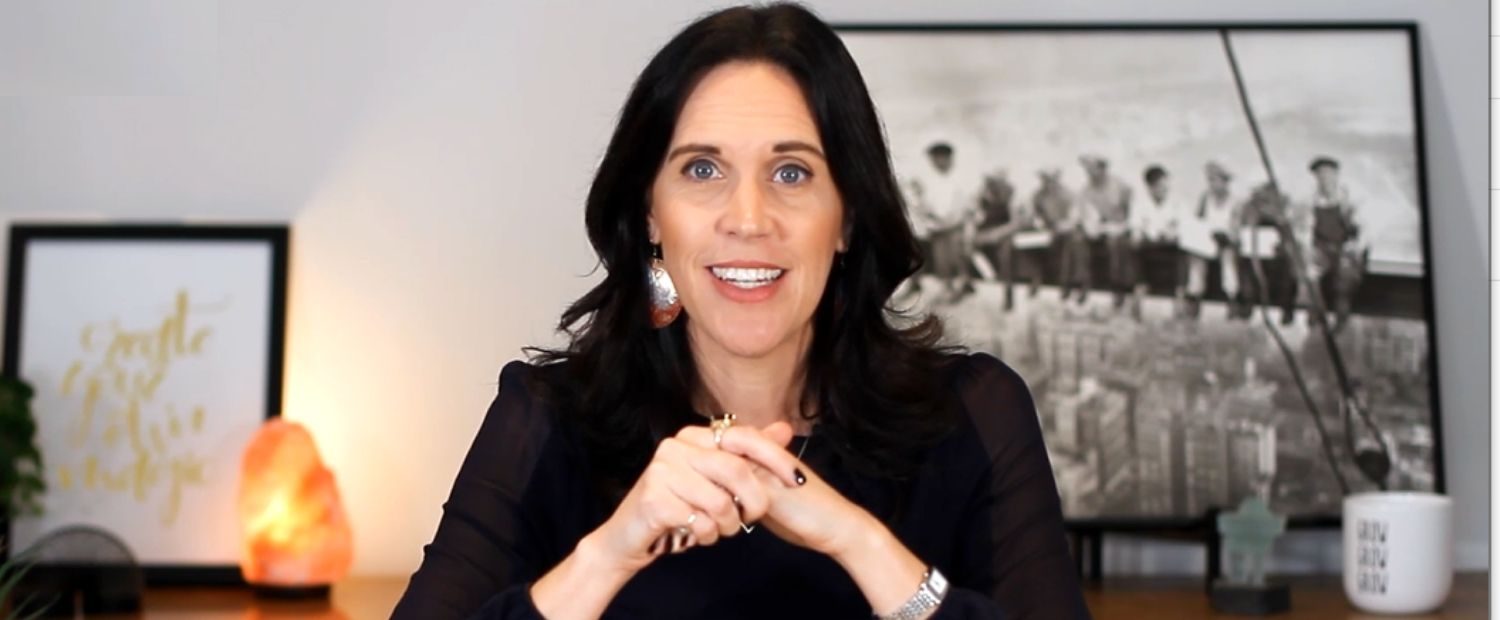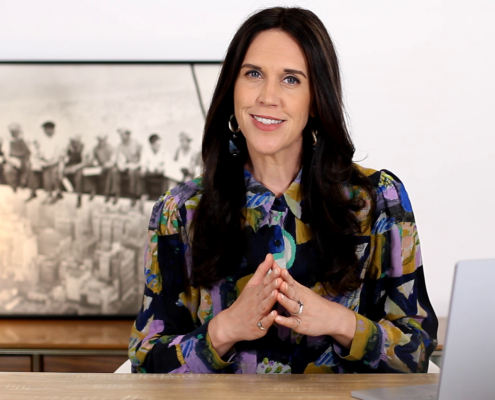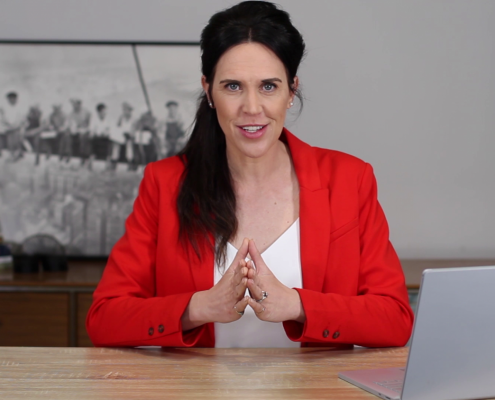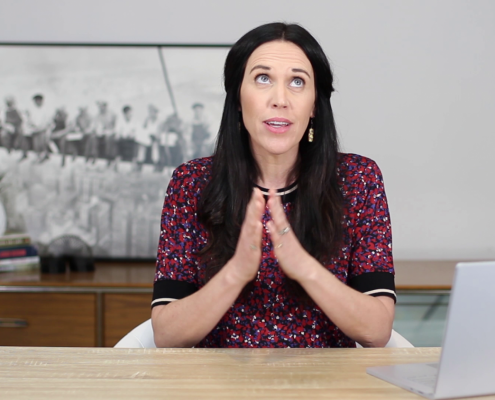Have you and your board ever asked whether you should visit the workplace? What benefit it would bring if you did? Or, is your board currently making site visits and you’re wondering whether you’re doing it well?
Well the answer is Yes. Visiting the workplace is actually a critical step in your governance role, it gives you an appreciation for how work is done, and not necessarily how it’s visualised in the boardroom. And it’s a great opportunity to truly appreciate the risks in the workplace.
It’s also your role as a leader in the company to engage with employees and visibly demonstrate your interest in the people who work for you.
But before you head out there, I suggest you practice your listening skills, specifically, your empathetic listening skills and be ready to let yourself be a bit vulnerable.
In this post, I’ll share with you some ways you can build trust and make a deeper connection with those on site so that you get accurate data as to what’s going on as quickly as possible.
EMPATHETIC LISTENING
As the late Stephen R. Covey said … “Seek first to understand, then to be understood.”
He said, this was the single most important principle that he learned in the field of interpersonal relations.
Covey said, most people do not listen with the intent to understand; they listen with the intent to reply.
The reason we do this, as found in his research, is because we filter everything we hear through our own life experiences, he refers to this as our autobiography. So we compare what we hear from others, to our own experiences. This is where judgement can rear its ugly head. We then decide prematurely what the other person means before he/she finishes communicating.
If you do this when you’re on site, you may ignore the other person completely, miss important queues, pretend that you’re listening, but what you’re actually doing is selectively hearing only certain parts of the conversation or you’re stuck on something that was said, and you completely miss the meaning of what that person was saying.
But to truly make someone feel like they have been understood, we should engage our empathetic listening skills.
The essence of empathetic listening is that you fully, deeply, understand that person, emotionally as well as intellectually.
So when you’re conducting a site visit, prime real estate to really hear what workers are saying – how they truly feel about the work, what their challenges are, do they get a sense of meaning from what they do, do they feel they contribute or have an impact on the company’s purpose – you need to engage with empathetic listening.
For example, when you start a conversation with an employee or contractor, you’re going to actively turn on your empathetic listening skills .. so “you’re listening with your ears, but you also, and more importantly, listening with your eyes and with your heart. You listen for feeling, meaning … and behaviour.”
When THEY’RE finished talking, you could start your reply like this: “thank you for sharing that with me. Let me see if I understood you correctly. You feel ____[insert what you heard they are feeling] about ___ [insert issue or opportunity that they have outlined].” Give them time to respond, don’t jump in.
You may need to apply this technique a few times, if they feel that you didn’t quite understand. The key is for them to feel that you have understood them.
Empathetic listening is powerful because instead of projecting your own autobiography and assuming thoughts and feelings; you’re actually dealing with the reality inside another person’s head and heart and that’s where you get accurate data to work with.
OK, so now that you’ve listened, you have a good understanding of where that employee or contractor is coming from because they’ve confirmed that you have understood. It’s now YOUR opportunity to ‘be understood’ and to state your point of view.
So what does this look like?
Just like how you wanted them to know you understood them when you started your response with “you feel ___”, if you want to now be understood, you start with “I feel ____”, and finish with your point of view.
For example, you may say “I feel that I may have some assumptions here that may or may not be true. For example, I assume that the training programs we provide would help with this issue you’ve raised. But it is a challenge to really understand whether the training is effective in dealing with this issue. What are your thoughts on that?”
You’ll note that I ended that comment with asking for their opinion… try to avoid closed questions; such as those that can be answered with a ‘yes/no’. Those types of answers don’t give you much information, they often confirm your assumptions and biases and it can be inferred that you’re really not interested in my opinion or that by disagreeing with you, I’ll be seen as argumentative, so it’s much easier to agree with you.
Also note that I’m using ‘I’ in my response because it’s more personal which creates a better connection with the person you’re speaking with. If you said, “the board feels..”, it makes you appear distant and unaccountable.
Expressing your challenges will also demonstrate that you’re genuinely interested in clarifying your assumptions. You’re creating what is called psychological safety, because you’re telling that employee or contractor that you don’t have all the answers, and you’re asking them for their opinion, which encourages them to respond and you’ll be there to listen with empathy.
LEAN INTO VULNERABILITY
The action of you talking to that employee or contractor about how you feel and your assumptions and challenges is what Brene Brown refers to as ‘leaning into vulnerability’. Being vulnerable is about dropping our armour, and going to go to a place, metaphorically, where there are unknowns.
In this case, we don’t know how the employee or contractor will respond to your questioning or how comfortable you will be to respond to their questions … will you feel caught off guard? Will you feel shame or incompetent that you don’t have answer to their question – you’re a board member, you should know these things..?
This is vulnerability, and when we’re vulnerable we experience true enlightenment, things like love, belonging and creativity – these give us the opportunity for deeper personal connections.
But why is that important to you as a director conducting site visit?
Well, you have very little time on site to get accurate data as to what’s really going on, you’ve got to get behind the curtain that is put up when you visit a site. If you drop your armour, you’ll build trust and get a deeper connection more quickly, than if you use your armour to protect yourself from feeling vulnerable.
IN SUMMARY
Site visits can be a little intimidating, in fairness you’re walking into their domain, there are cultural elements you are likely not be aware of and other nuances that may throw you off your game.
But I’m sure you can appreciate that’s how most people feel when they have to go into the boardroom to talk or present to you and the board, so isn’t it fair that you put yourself out there and engage with the people in your company?
In my experience, people aren’t shy in asking the board questions when they’re onsite and they’re not shy in sharing their challenges if you’re open to hearing them.
So preparing yourself for how you want to listen and respond is good leadership, and being vulnerable will give you deeper insights.
When you’re finished watching, I’d love to know:
- What are some of the mindset checks that you’ve learned along the way that are helpful before visiting a site?
Leave a comment below and let me know.
Remember, share as much detail as possible in your reply. Your story and/or thoughts may lead to someone’s meaningful breakthrough and it all contributes to this audience knowing What to Ask, and When to Act #knowWTA
Important: share your thoughts and ideas directly in the comments. Links to other posts, videos, etc. will be removed.
Thank you so much for adding your perspective to the conversation.
Thanks for watching!








Let us know what you have to say:
Want to join the discussion?Your email address will not be published.